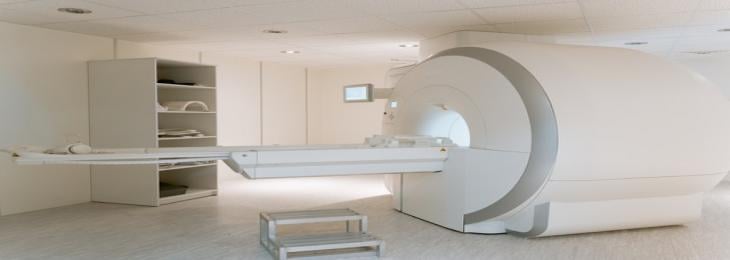
A new study reveals that AI tools analyse CT scans to detect the signs of prostate cancer and cancerous growth in an individual.
The advancement in artificial intelligence is efficiently growing in the field of medical care. AI tools possess the ability to rapidly scan the images of any medical report and detect the signs of diseases more efficiently than humans. The capabilities possessed by AL tools were due to the improvement in machine learning and power computing in the devices. Recently, researchers from RMIT University of Australia adopted the artificial intelligence technology with their software radiologists to detect the signs and growth of prostate cancer in an individual.
The researchers from Melbourne's RMIT University and St Vincent's Hospital performed a study to detect prostate cancer. They started with the study of CT scan of asymptomatic patients either with or without prostate cancer. They noticed that CT scans are generally used to detect the defect in ailments like joints or bones, so it was difficult for radiologists to detect prostate cancer using CT scan reports. However, AI software tool was developed using CT scans to detect the irregularities in the disease indications. The tool refined its abilities and adapted to analyse scans from diverse machines with every scan it performs. Eventually the tool started to spot every single and smallest feature of the diseases; meanwhile it allowed radiologists to spot cancerous growth in prostates, even before patients showed its symptoms.
The researchers said that the innovation in AI technology could be adapted with a variety of diagnostic equipment, for instance, MRI machines. It is perceived that it might be used as a sort of composed assessing gadget for CT scans, which incorporate high segments of radiation and thusly aren't suitable for usual cancer screening. However, in case a patient has a CT scan for some other clarifications, the AI tools could be used to assess them to screen cancer at the same time. Thus it is applicable to detect the cancerous growth in patients.






